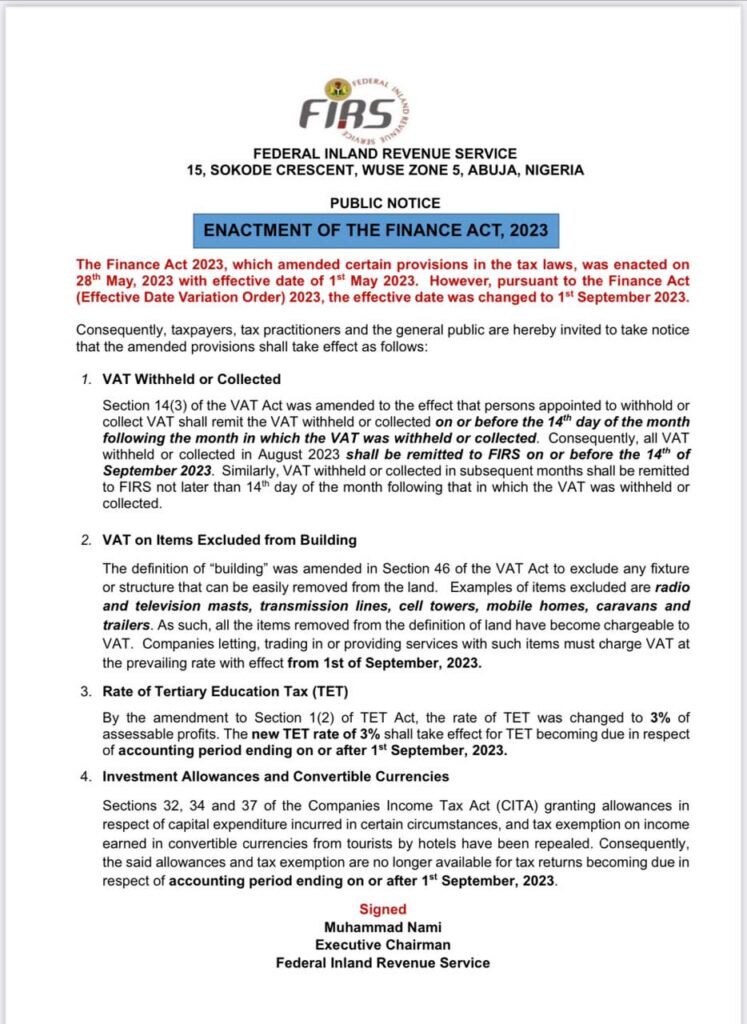….Recommends Risk-Preventive Measures
Despite the arrest of important operators in early 2024, Grandoreiro continues to be used by its partners in new campaigns. Kaspersky Global Research and Analysis team (GReAT) has again discovered a new light version focused on Mexico targeting around 30 banks.
The findings, which will be highlighted at the Security Analyst Summit (SAS) 2024, showed that the malware remained one of the most active threats globally and targeting users of more than 1,700 banks,
According to the cybersecurity research firms’ latest findings, Grandoreiro variants account for around five percent of banking trojan attacks this year with Mexico being one of the most targeted countries by various malware strains, including the new light version, seeing 51,000 recorded incidents this year.
A news report from African Press Organisation (APO) Group circulated on behalf of Kaspersky indicates Grandoreiro has been active since 2016 and that this year, the threat targets more than 1,700 financial institutions and 276 cryptocurrency wallets across 45 countries and territories, lastly adding Asia and Africa to the list of its targets, making it a truly global financial threat.
The findings further reflected that some of the countries affected in Africa comprised Algeria, Angola, Ethiopia, Ghana, Ivory Coast, Kenya, Mozambique, Nigeria, South Africa, Tanzania, Uganda.
After assisting an INTERPOL-coordinated action, which has led to Brazilian authorities arresting operators behind a Grandoreiro banking trojan operation, Kaspersky discovered that the group’s codebase had been split into lighter, fragmented versions of the trojan, to continue its attacks.
The cybersecurity research firm’s recent analysis has identified a specific light version focused primarily on Mexico, which has been used to target approximately 30 financial institutions, as the creators likely have access to the source code and are launching new campaigns using the simplified legacy malware.
Commenting on the research findings, Head of the Latin American (GReAT) at Kaspersky, Fabio Assolini, said: “All the recent developments underscore the evolving nature of the threat. Fragmented and lighter versions may represent a trend that could extend beyond Mexico and into other regions, including beyond Latin America.
“However, we believe that only some trusted affiliates have access to the malware source code to develop such lighter versions. Grandoreiro operates differently from the traditional ‘Malware-as-a-Service’ model we are accustomed to. You won’t find announcements on underground forums selling the Grandoreiro package; instead, access to it appears to be limited”, Assolini added.
Multiple variants of Grandoreiro, including the new light version and the primary malware, accounted for approximately five percent of global banking trojan attacks detected by Kaspersky in 2024, making it one of the most active threats worldwide.
Kaspersky has also analysed the newer samples of the primary Grandoreiro from 2024, and observed new tactics. It records mouse activity to mimic real user patterns, aiming to evade detection by machine learning-based security systems that analyse behaviour. By replaying natural mouse movements, the malware aims to trick anti-fraud tools into seeing the activity as legitimate.
Additionally, Grandoreiro has adopted a cryptographic technique known as Ciphertext Stealing (CTS), which Kaspersky has never seen being used in malware. In this case, its aim is to encrypt the malicious code strings.
Assolini further clarified: “Grandoreiro has a large and complex structure, which would make it easier for security tools or analysts to detect if its strings were not encrypted. This is likely why they introduced this new technique – to complicate the detection and analysis of their attacks/”
To protect from financial malware, Kaspersky security experts recommended that organisations should
Enable a Default Deny policy for critical user profiles, particularly those in financial departments; this ensures that only legitimate web resources can be accessed, and Provide cybersecurity awareness training to staff, especially to employees responsible for accounting, that includes instructions on how to detect phishing pages.
In addition, the researchers canvassed the Use protection solutions for mail servers with anti-phishing capabilities such as Kaspersky Security for Mail Server, to decrease the chance of infection through a phishing email.
The firm further maintained that while banks should educate their customers, individuals were advised to: Never open links or documents included in unexpected or suspicious-looking messages. Be attentive to web pages – from the right web address to details of interface; and Use a reliable security solution, such as Kaspersky Premium that protect digital assets from a wide range of financial cyberthreats.
Also they charged individuals to: Install only applications obtained from reliable sources; Refrain from approving rights or permissions requested by applications without first ensuring they match the application’s feature set, and Install the latest updates and patches for all software used.






